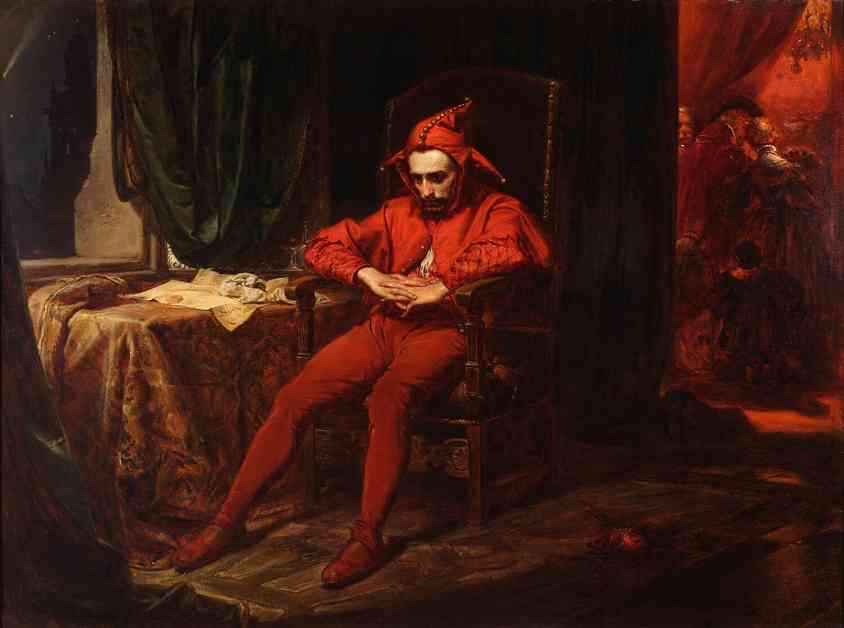Exploring the Evolution of Madness: A Journey through ‘Figure of the Fool’ Exhibition at The Louvre
In a groundbreaking exhibition that delves deep into the complexities of human perception and artistic expression, the Louvre in Paris presents “Figures of the Fool,” a captivating exploration of how the depiction of fools and madness has evolved from the Middle Ages to the 19th century. This ambitious showcase takes viewers on a mesmerizing journey through over 300 works that shed light on the multifaceted nature of this intriguing subject.
The Fool Through the Ages: A Historical Perspective
The concept of the fool has taken on various forms throughout history, ranging from simpletons and hermits to royal buffoons and mad kings. French medieval historian Michel Pastoureau, in the exhibition catalog, highlights the diverse attributes associated with the fool, including bonnets, bells, baubles, and striped clothing. These symbols have played a crucial role in shaping the visual representation of madness over the centuries.
A Glimpse into the World of Fools: Top 10 Most Bewitching Illustrations
As visitors explore the exhibition, they are greeted with a series of enchanting illustrations that offer a glimpse into the whimsical and often dark world of fools. From Jacquemart de Hesdin’s portrayal of a fool biting into a loaf of bread to Master E. S.’s satirical etching of a fool and a naked woman, each artwork invites viewers to ponder the intricate relationship between folly and human nature.
Arnt van Tricht’s 16th-century sculpture, depicting a fool embracing a woman, serves as a poignant reminder of the moral dilemmas faced by society. The intricate details of the artwork, including miniature fools playing musical instruments, add depth to the narrative, prompting viewers to reflect on the consequences of straying from societal norms.
Exploring the Depths of Madness: Artists’ Interpretations
Renowned artists like Hieronymus Bosch and Francisco Goya have delved into the darker aspects of madness, creating haunting and thought-provoking works that challenge viewers to confront their deepest fears. Bosch’s depiction of the extraction of the stone of madness and Goya’s portrayal of a yard filled with lunatics offer a stark reminder of the fragility of the human mind and the complexities of mental health.
François-Auguste Biard’s painting, “The Exorcism of the Madness of Charles VI,” captures the tumultuous inner struggles of the French king, highlighting the dichotomy between sanity and lunacy. The dramatic tension in the scene echoes the themes of madness and power explored in William Shakespeare’s iconic play, King Lear, adding a layer of depth to the artwork.
A Personal Exploration of Madness: Gustave Courbet’s Self-Portrait
In a poignant self-portrait, Gustave Courbet grapples with his own inner demons, portraying himself on the edge of a cliff, consumed by fear and uncertainty. The artist’s striped jacket, reminiscent of the attire worn by fools, symbolizes his inner turmoil and the constant battle between despair and confidence. Courbet’s self-representation serves as a powerful allegory of the misunderstood genius, shedding light on the artist’s complex psyche.
As visitors navigate through the mesmerizing world of “Figures of the Fool” at the Louvre, they are invited to contemplate the intricate tapestry of human emotions and the ever-evolving perceptions of madness. This exhibition serves as a testament to the enduring allure of folly and the profound impact it has had on art and society throughout history.












